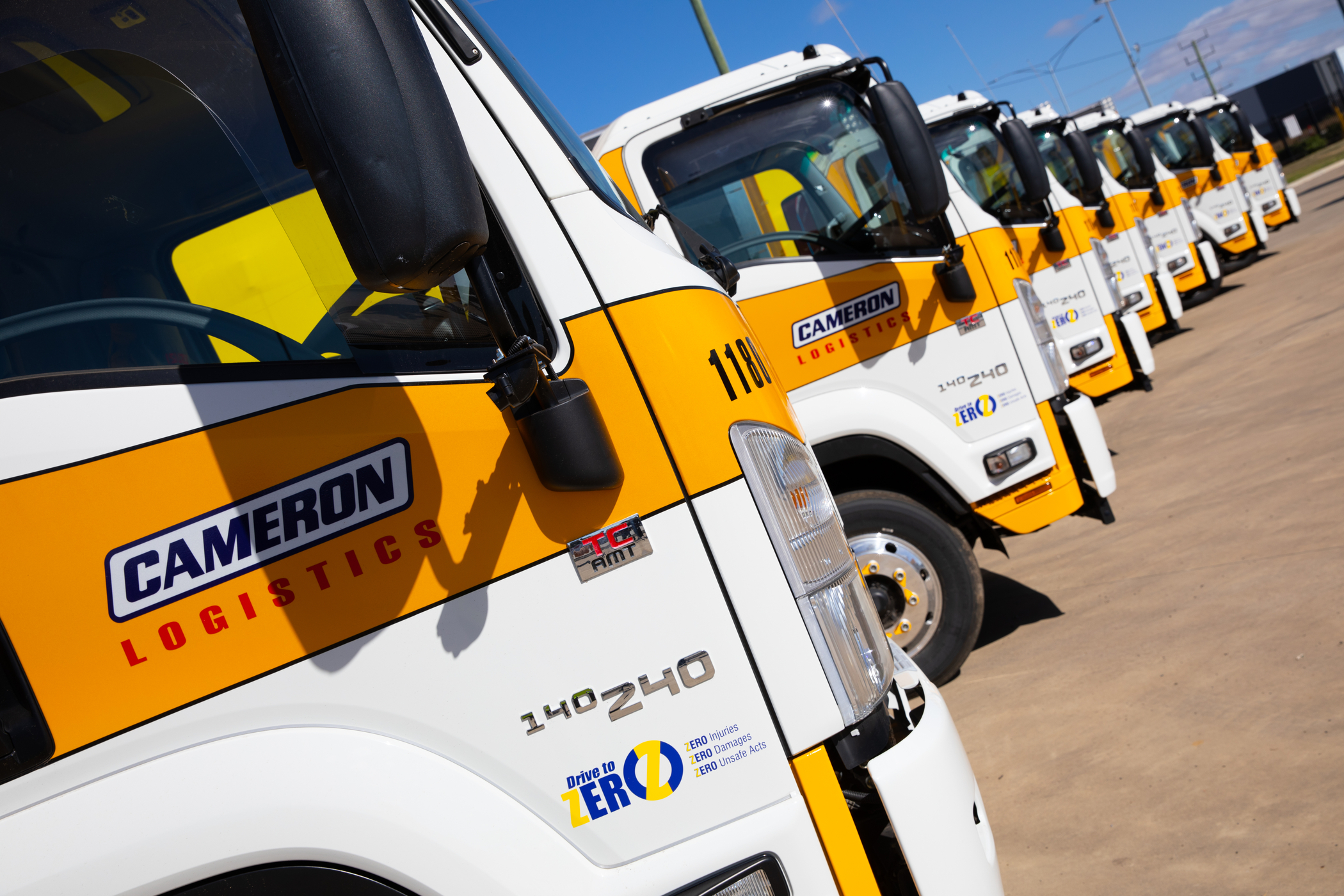UP-SKILLING YOUR DRIVERS: HR LICENCE

 Ok, so the needs of the business have changed lately and you’re thinking about getting your drivers equipped to handle heavy vehicles…
There are a few details worth getting your head around first, so here’s a starter's guide to getting your team ready and equipped to make a run for their Heavy Rigid or (HR) licence.
Ok, so the needs of the business have changed lately and you’re thinking about getting your drivers equipped to handle heavy vehicles…
There are a few details worth getting your head around first, so here’s a starter's guide to getting your team ready and equipped to make a run for their Heavy Rigid or (HR) licence.
Horses for courses
First and foremost, depending on where you’re reading this in Australia, the legislation surrounding truck licensing adn registration vary from state to state, so preparing to drive heavy trucks will be slightly different in Victoria as compared to South Australia for example. But, if you’re looking to upgrade your drivers to a Heavy Rigid (HR) licence, they must first pass a practical driving test and, in most states and Territories, if they only hold a car or ‘class C’ licence, they will need to pass a written heavy vehicle road rules test too. There are plenty of sample road rules tests on the net like this one. All states and territories in Australia have the same licence classes, but make sure you check the licensing laws and regulations according to where you operate – and where you’ll be driving to. ACT NSW QLD NT WA SA VIC TASThe right gear
Another important factor to consider is the transmission type of the vehicles your team will be handling. Broadly speaking, and in the same vein as passenger cars, there are two dominant transmission variations - automatic and manual. Manual transmissions can be further categorised as either 'unsynchronised' or 'synchronised.' Here's a quick overview:- The far more complicated of the two, an unsynchronised manual transmission refers to gear boxes that require a number of variables to line-up precisely in order for a driver to select his or her desired gear combination. Up or down shifting requires the engagement of the clutch or every shift.
- These days though, most manual transmissions are fitted with a synchronised gear box, meaning the gears are always 'in mesh' and rotating, negating the need for excessive driver intervention.
The must haves
In the case of heavy rigid vehicles, budding drivers must have held either a:- Car licence for 1 -2 years (dependent on your state)
- Medium Rigid Licence (MR) for at least one year
- Light Rigid Licence (LR) for one year or more
Get ‘schooled’
One way to get one or more of your drivers over the line is approaching registered and accredited driver training professionals such as this one based in Victoria. These guys deal with the whole show from start to finish, from the pre-drive component to the driving test itself. Many driving schools also offer special deals to help all your drivers get across the line (like unlimited pre-drive sessions for example), which works to keeps costs down at your end. It’s well worth comparing courses as to which one best suits your needs. Most state government websites will list accredited providers, giving you a head start in choosing the one for you.Show time
All drivers chasing their HR licence will need to pass the practical driving assessment so make sure your drivers are well up to speed before you shell out for the test fees. HR driving tests assess a driver’s ability to perform certain manoeuvres in real world conditions, so for an HR licence, your drivers should be prepared to perform at least one of the following during their driving test:- Long reverse
- Reverse park
- Curbside stop
- Pre-departure check
What can you drive with a HR class licence?
Your drivers have earned their HR licence – congratulations! They’re now authorised to drive a motor vehicle with at least 3 axles and a GVM of greater than 8 tonnes. They are also permitted to tow one trailer (not a semi-trailer) that has a GVM of less than 9 tonnes. The advantage of fast-tracking new drivers straight to their HR licence means they’ll also be authorised to operate any of the lower class truck models such as Light Rigid (LR) and Medium Rigid (MR) saving you in test fees down the track.Benefits aplenty
Some of the benefits of up-skilling your workforce include increased productivity, flexibility and ultimately, cost savings for your business. Needless to say, being able to adapt and move with the demands of your industry and your business is critical, and this is certainly one step towards achieving that.


Playtime’s over, get $3,500* to spend on extras.
If you’re ready to get serious about tackling bigger jobs, grab yourself an NLR 45-150 AMT SWB Traypack from the Ready-to-Work range for $62,990 drive away*. And to prove we aren’t playing, buy any NLR Traypack before June 30 and you’ll get $3,500* to spend on genuine accessories or an Essentials service agreement.
Learn more



